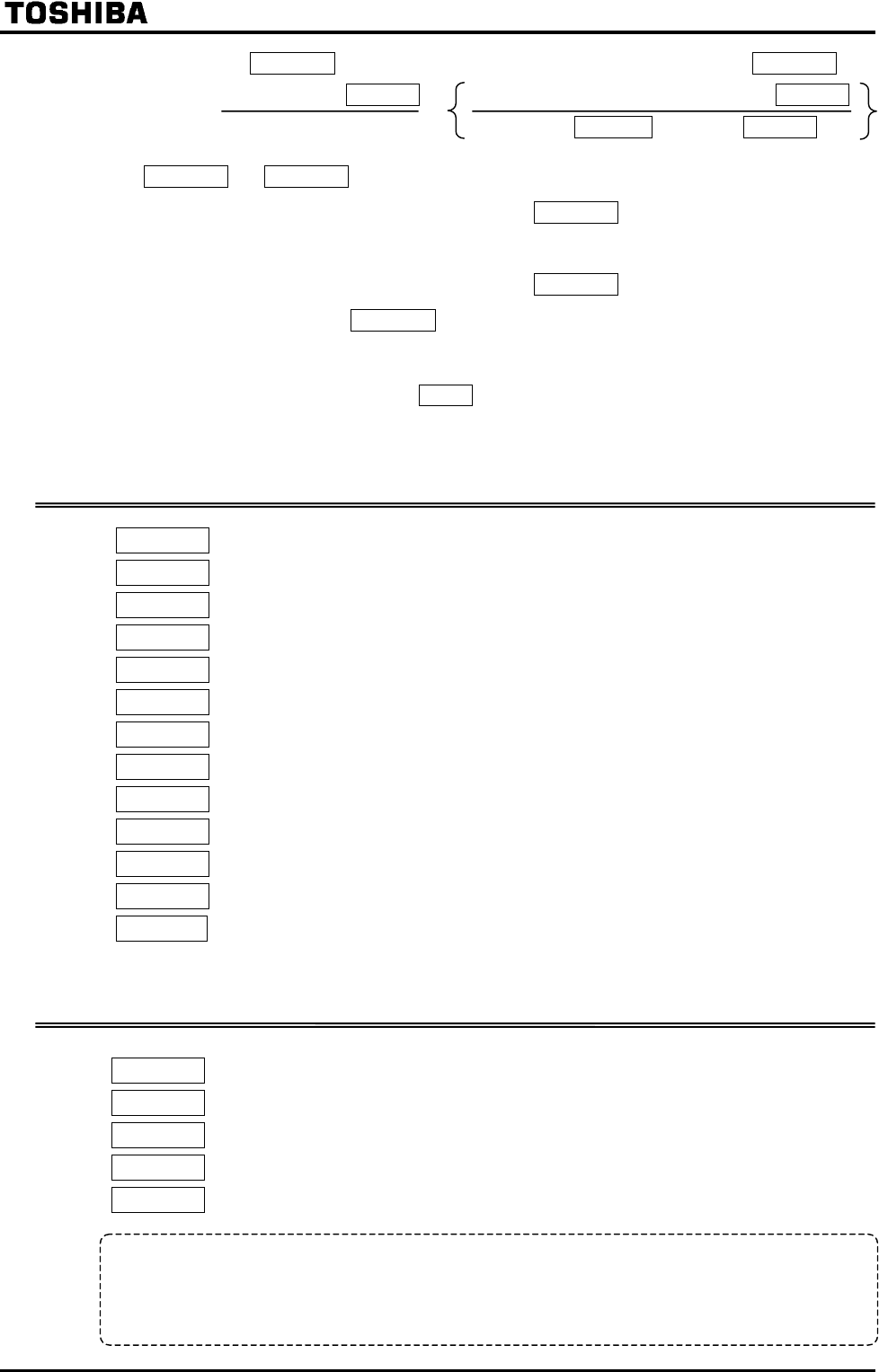
F-32
If frequency 1 frequency after acceleration frequency 2
Drooping gain
( freq. after acceleration
freq.1
)
100 ( freq.2
freq.1
)
If
If frequency after acceleration frequency 1
Gain2 0
If frequency after acceleration frequency 1
Gain2 Drooping gain / 100
c) Drooping speed
Drooping speed = base frequency
Note
Gain1 Gain2
Note) For this calculation, assume the base frequency to be 100 Hz if it is higher than 100 [Hz].
6.15 Function for crane/hoist
Light-load high-speed operation
Light-load high-speed operation switching lower limit frequency
Light-load high-speed operation load waiting time
Light-load high-speed operation load detection time
Light-load high-speed operation heavy load detection time
Switching load torque current during forward run
Heavy load torque during acceleration in forward direction
Heavy load torque during fixed speed in forward direction
Switching load torque current during reverse run
Heavy load torque during acceleration in reverse direction
Heavy load torque during fixed speed in reverse direction
Automatic light-load high-speed operation frequency
Light-load detection mode
6.16 Commercial power/inverter switching
Output signal selection of commercial power/inverter switching
Commercial power/inverter switching frequency
Inverter side switching waiting time
Commercial power side switching waiting time
Commercial power switching frequency holding time
Gain2
Function
The function switches between the commercial power and the inverter operation without
stopping the motor in case of tripping or by sending a signal, and also to transmit switching
signals to an external sequence (MC, etc).


















